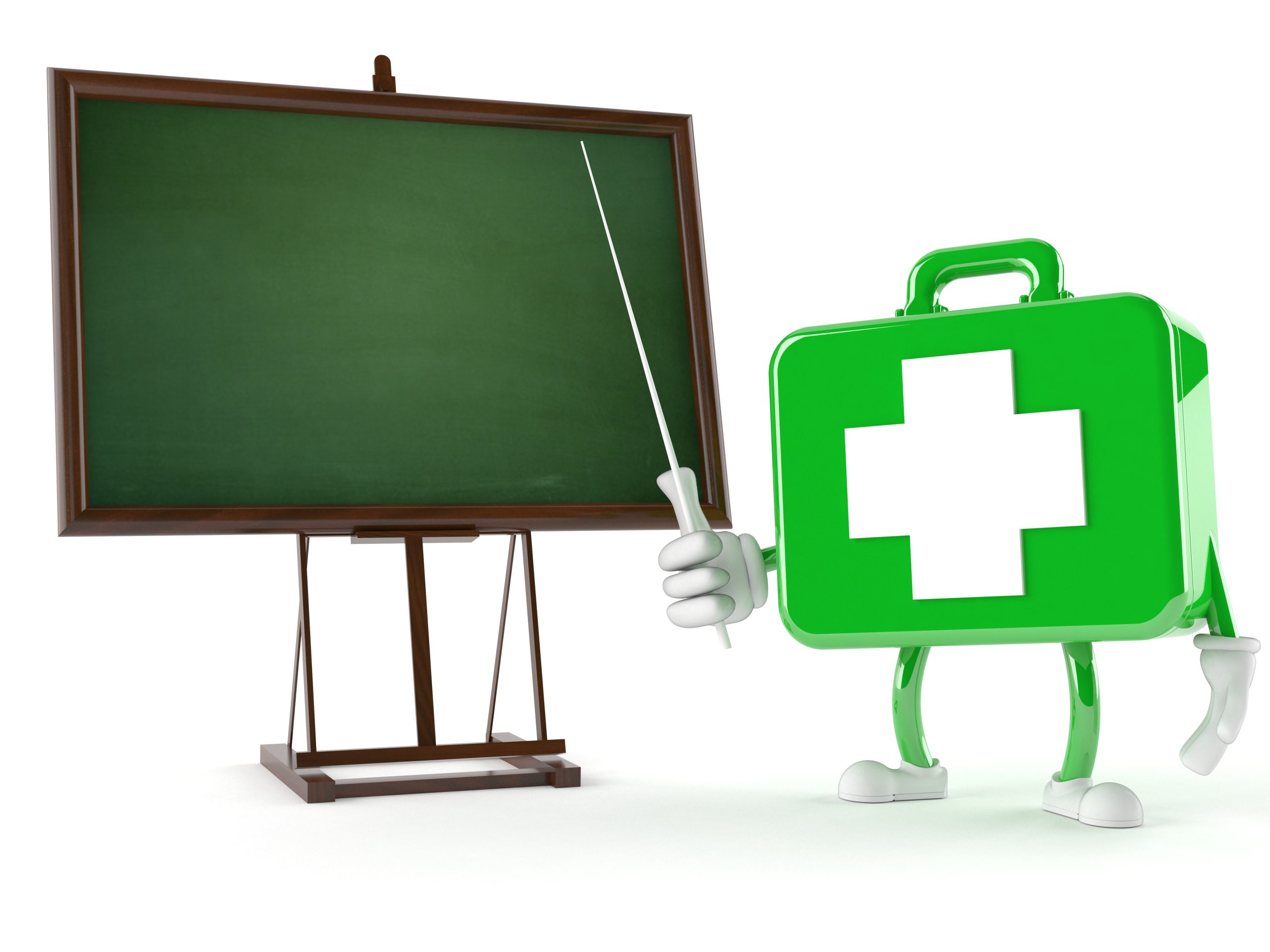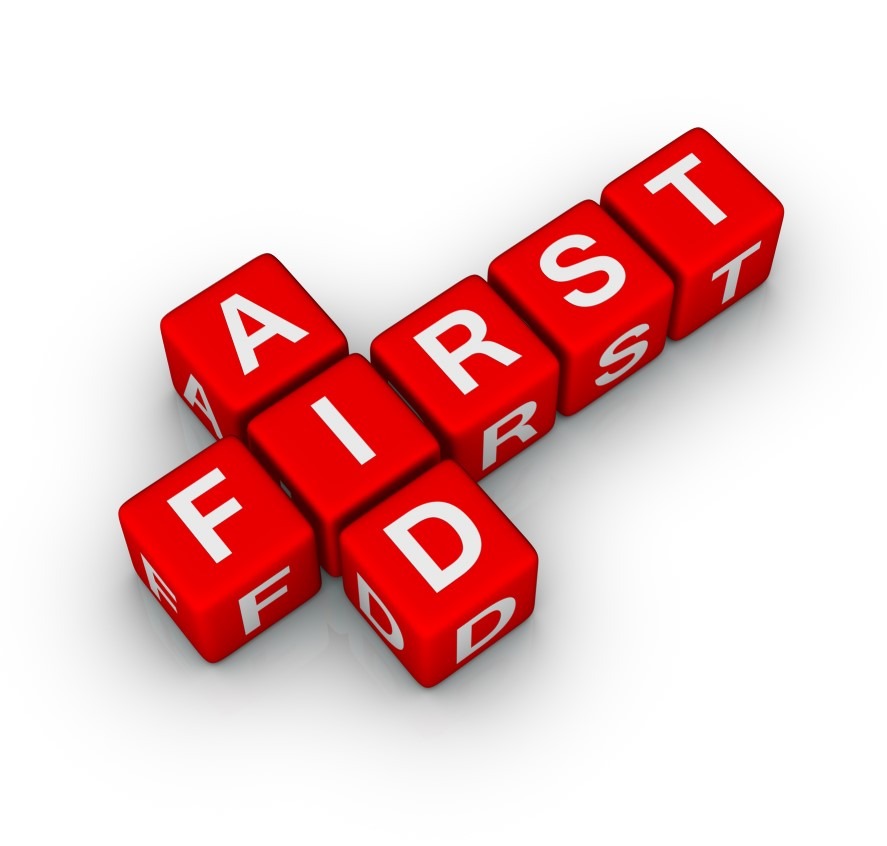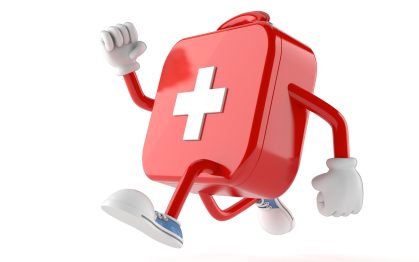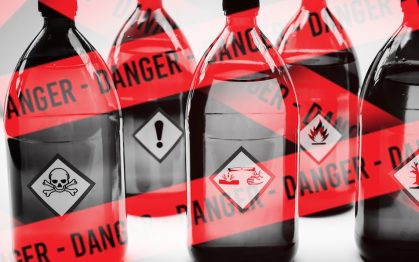First Aid News
Guidance on Spare auto injectors in schools
Clarification has been given around the holding of spare auto-injectors in schools.
Here’s a clarification letter:
Clarification of AAI guidance for schools in relation to Regulation 238 of the Human
Medicines Regulations 2012 (in response to queries received):
The MHRA is aware of some uncertainties in relation to the permitted scope of use of “spare”
adrenaline auto-injectors held by schools.
Under Schedule 17 of the Human Medicines Regulations 2012 (as amended in 2017),
adrenaline auto-injectors can now be supplied to schools, without being issued against a
prescription for a named patient. The intention is for schools to hold such adrenaline autoinjectors
as back-ups for use in an emergency to treat anaphylaxis. The guidance issued at
the time indicated that such “spare” adrenaline auto-injectors could only be administered to
pupils known to be at risk of anaphylaxis, for whom both medical authorisation and written
parental consent for use of the school’s auto-injector(s) had been provided, for example
through an allergy care plan.
The MHRA would like to clarify that, in principle, a legal exemption under Regulation 238
permits a school’s adrenaline auto-injector(s) to be used for the purpose of saving a life, for a
pupil or other person not known by the school to be at risk of anaphylaxis (and thus does not
have medical authorisation/consent in place for the spare device). This might be, for example,
a child presenting for the first time with anaphylaxis due to an unrecognised allergy. The
provision under Regulation 238 should be reserved for exceptional circumstances only, that
could not have been foreseen. The normal expectation would be for those at risk of
anaphylaxis to have been clearly identified by the school in advance, to reduce the risk of
equivocation, and potential delay in adrenaline auto-injector administration, in the event of an anaphylactic emergency. “Spare” adrenaline auto-injectors held by schools are not supplied against a named prescription for an individual patient, which distinguishes them from adrenaline auto-injectors prescribed to individual pupils and that should be accessible to them at all times. The use of a school’s adrenaline auto-injector, rather than using another pupil’s personal auto-injector, to treat an individual not known by the school to be at risk of anaphylaxis ensures that the personally prescribed auto-injector remains available to that pupil. The schools’ guidance makes it clear that the spare auto-injectors held by schools are not intended to replace children’s own adrenaline auto-injectors. They are available for exceptional use as would apply in this circumstance. This clarification will be published from the agency, to ensure that this guidance is available to all.
Yours faithfully
Mr Julian Beach
Deputy Director, Population Health
Not what you’re looking for?
Try these below
Not what you’re looking for?



















